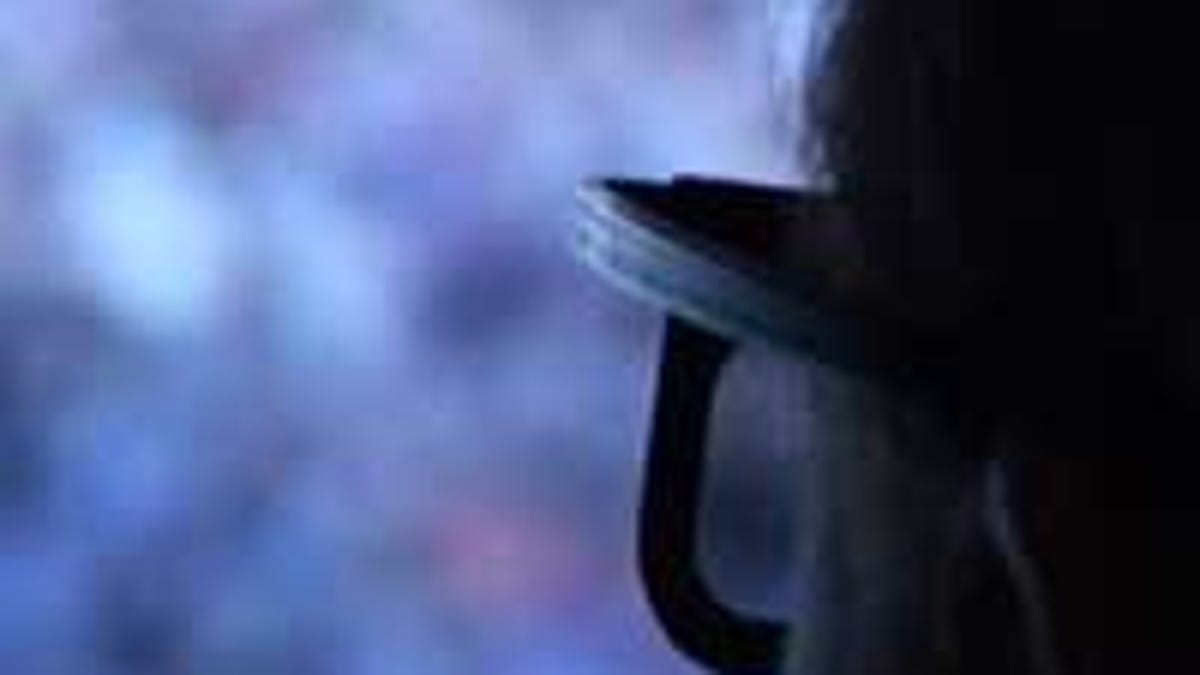BBC and Missy kick goals for 3D TV
With punters now donning special glasses to watch 3D music videos and rugby matches as well as animated movies, is there new momentum behind this old technology?

Missy Elliot probably does not watch a lot of English Rugby, but the hip hop artist has one thing in common with the grunt and grime of football: both have recently been involved in raising the profile of 3D TV.
Missy's latest single was recently launched on MTV (US) and can be seen online in a 3D version, although you need a pair of special glasses with red and green lenses.
Promoted as the first ever 3D music video, Ching-a-ling was launched in the US with a consumer rollout of 3D glasses at retail outlets. You will have to supply your own if you are watching it in Australia.
It's a bit hard to make out without the glasses, but it seems to involve Missy hopping around with her "crew" exclaiming "Ching Ching" at regular intervals, no doubt hoping to mimic the sound of the cash registers as sales of her new album are rung up.
Watching 3D rap on YouTube is one thing, but the BBC has gone a step further by broadcasting its first ever Rugby Match in full 3D TV to a select audience.
A pioneering initiative from the BBC last week saw the first ever 3D telecast of a Rugby match between Scotland and England, using a pair of high definition cameras.
The match was won by Scotland, which shocked many observers more than the idea of watching Rugby in 3D.
Selected viewers watched the action in 3D on a pair of highly-specced digital projectors at a special location in London. They needed different glasses that sync the left and right eye signals that come from different projectors.
Aashish Chandarana, BBC Sport Innovations Executive, said: "We're trying to do something no-one's tried before and bounce dual HD signals around and re-encode them as a 3D experience. This exciting event is part of broadcasting history, and shows the BBC's commitment to exploring new technologies with a view to bringing maximum enjoyment to audiences."
Many commentators were surprised by Samsung's demonstration new model 3D plasma TVs at CES earlier this year, however the release now looks more prescient as momentum behind 3D in the mainstream consumer market continues to build.
Whether the new generation of 3D TVs due out on the market over the next 12 months attract viewers will depend on the availability of truly eye-popping 3D content.
The success of 3D initiatives such as the Hannah Montana/Miley Cyrus Concert movie, due out in Australian cinemas on 20 March, will encourage producers to target this market.
The tween phenomenon of Hannah Montana has been rocking US cinemagoers in 3D, as has a live 3D recording of U2.
Meanwhile momentum for 3D animation at the cinema is building. Monsters and Aliens, the next big animated blockbuster from DreamWorks, the studio behind Shrek, is due out in the US this month. It differs from many of the 3D features that have been released so far in the fact that it was made specifically for 3D, rather than being converted from a 2D version.
DreamWorks CEO Jeffrey Katzenberg is so excited about the market prospects for 3D cinema that he has committed to making dedicated 3D versions of all of the studio's future animated features.
Watching 3D films at the growing number of digitally-enabled cinemas is growing in popularity, but the next challenge will be to provide a means of easily distributing 3D content to the home viewer.
It is possible to convert traditional DVDs to a 3D version but you need to play them on a PC using special software. However the large storage capacity of Blu-ray discs is seen by many as providing the perfect opportunity to include enough information to make 3D home viewing an everyday experience.
Mitsubishi was reported last year to be working on a 3D Blu-ray player that converts traditional 2D content and is due for launch in early 2008.